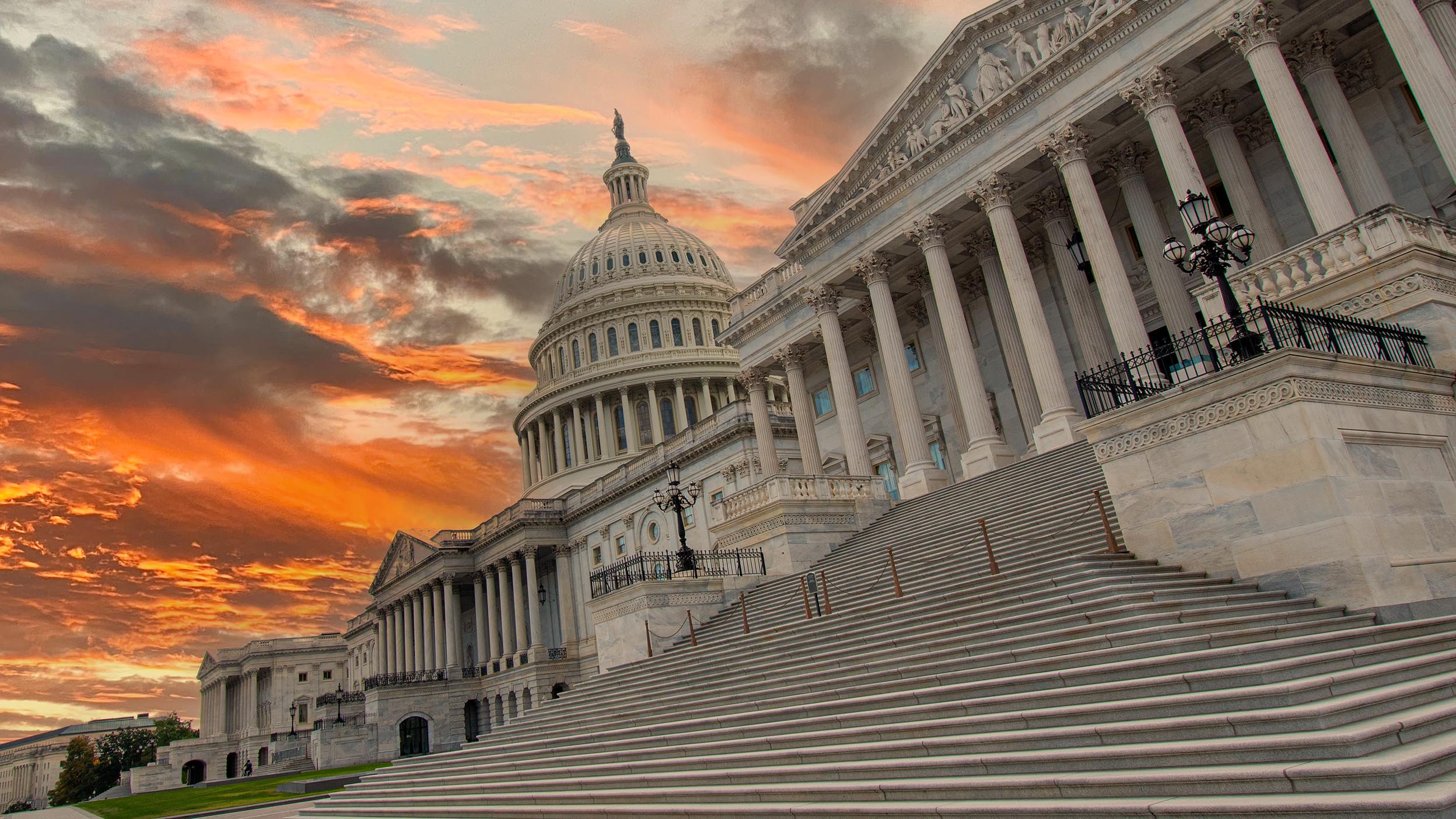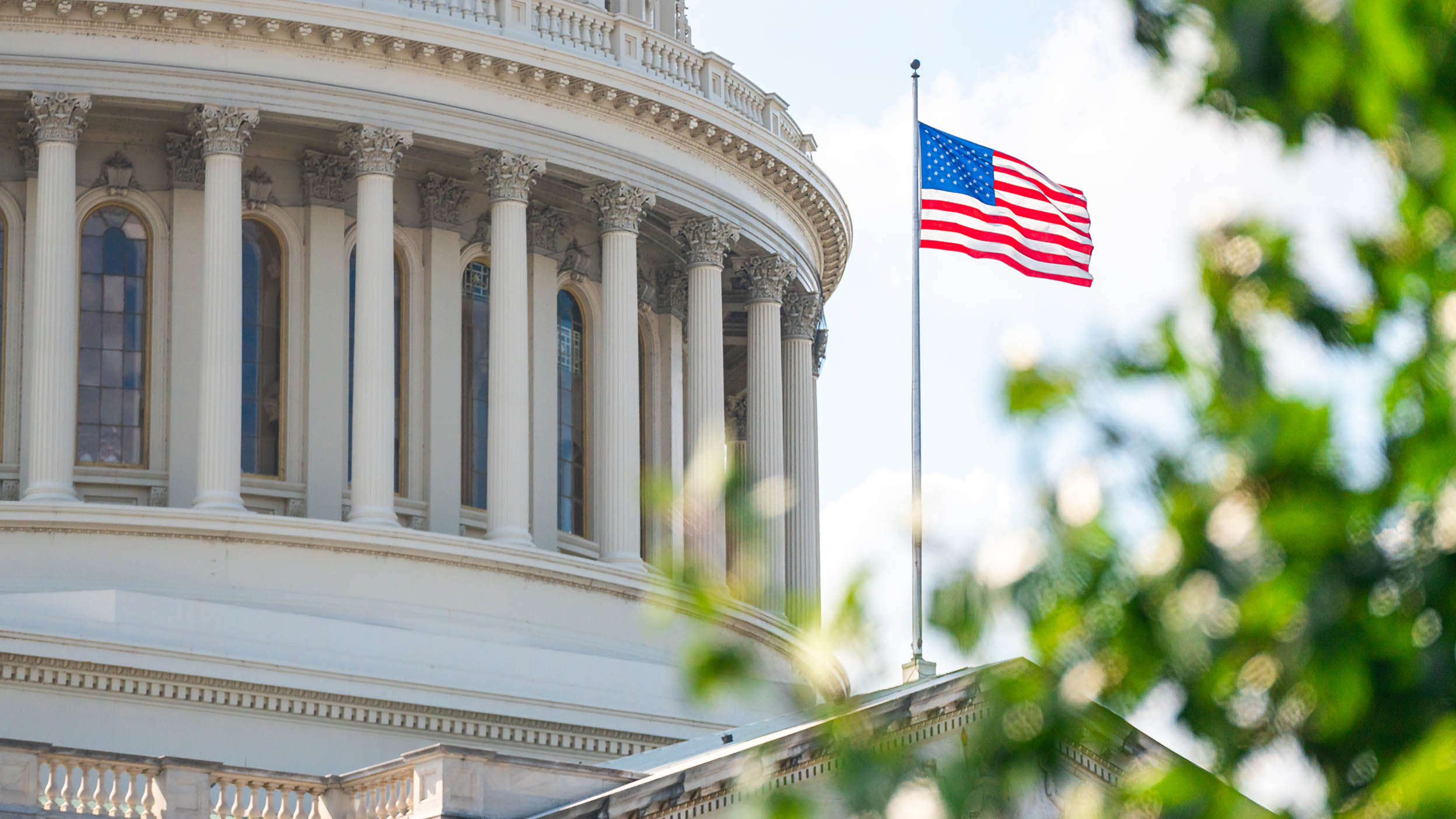
Markets and Economy Market pullback: Healthy reset, not bursting stock bubble
The downturn was concentrated in mega-cap growth stocks, even though many had strong earnings. We see it as skepticism about lofty valuations.
Fresh perspectives on economic trends and events impacting the global markets.

Get timely investment ideas, an overview of what’s happening in the markets, and tips to help optimize your portfolios in our monthly playbook.

The downturn was concentrated in mega-cap growth stocks, even though many had strong earnings. We see it as skepticism about lofty valuations.

Today’s artificial intelligence trade isn’t a bubble yet, in our view, but the best potential opportunities in stocks may be outside of mega-caps.

A US-China trade truce provides temporary relief for global supply chains, while the Federal Reserve asserts its independence.

While the one-off inflation report from the Bureau of Labor Statistics showed a 3% rise over the past year, we still expect rate cuts to continue.

It’s hard to escape talk of an “AI bubble,” but there are key differences between today’s artificial intelligence spending and the tech bubble of the late 1990s.

News of defaults and stress from certain US regional banks sparked fears of a credit crisis, but they appear to be isolated events.

Trump threatened new tariffs on China, Japan’s election hit a hurdle, and UK regulators made it easier for people to invest in cryptocurrency ETFs.

A government shutdown can create short-term market volatility, but they tend to resolve with little market impact for long-term investors.

The US government shut down, while governments in Europe and Japan plan to increase spending, which may help support stocks.
Get straightforward insight from our market and economic experts on what investors need to know about soft landings, inflation, the economy, government debt, election season, and more.
Insights from our income experts on investing opportunities around the globe.
Our latest thinking on opportunities and potential ways to use ETFs in a portfolio.
Learn about investing in ETFs, including the basics, benefits, and choosing one.
Candid conversations with fund managers, market strategists, and more.
AEM723/ AEM731
This link takes you to a site not affiliated with Invesco. The site is for informational purposes only. Invesco does not guarantee nor take any responsibility for any of the content.